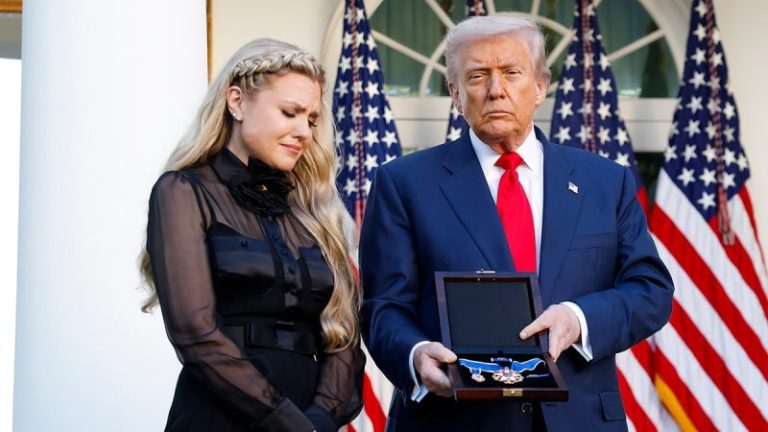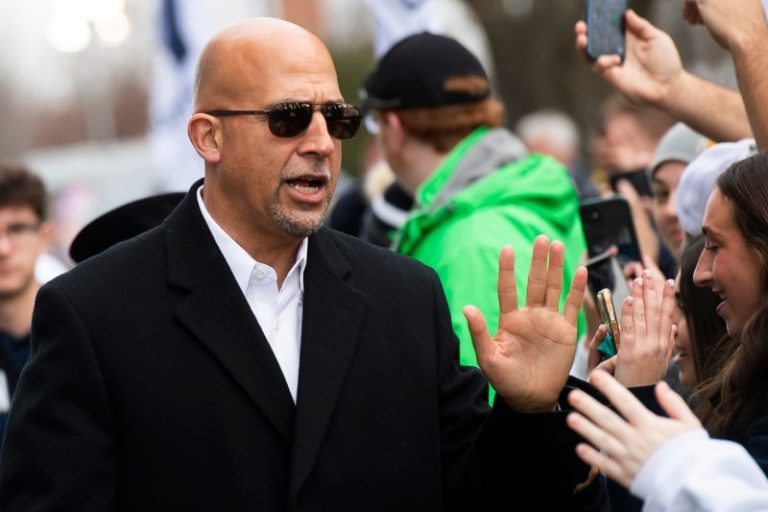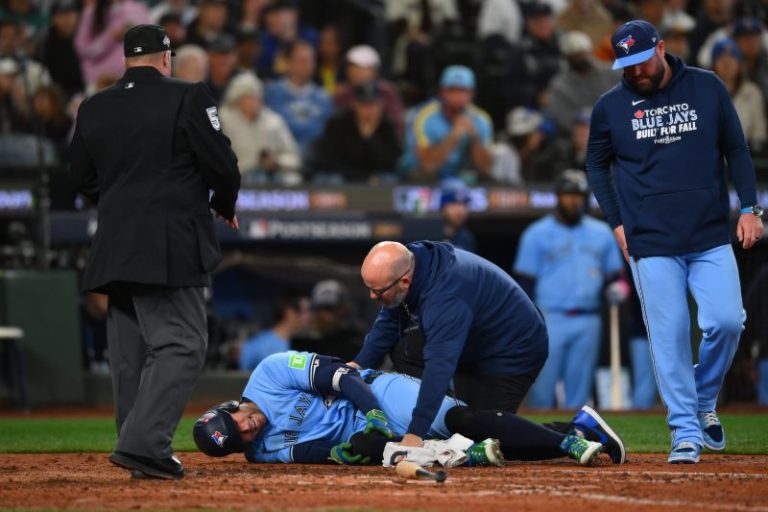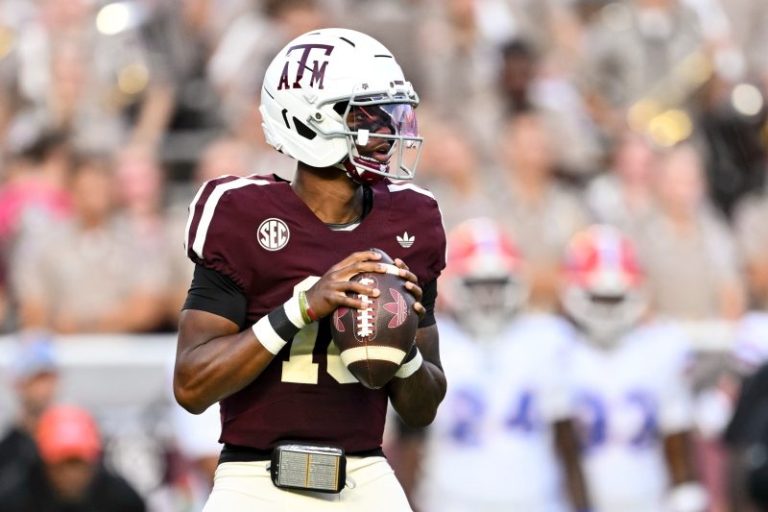Last Sunday, one day after a 53-33 loss to Florida Atlantic dropped it to 2-4 on the season, UAB football fired head coach Trent Dilfer.
It brought Dilfer’s ill-conceived stint leading the Blazers to an unceremonious end with a 9-21 record at a program that had been a consistent bowl participant before he was hired after the 2022 season.
Dilfer’s arrival in Birmingham had brought significant attention to the UAB program, with a former Super Bowl champion quarterback making the jump directly from the Tennessee high school ranks to the FBS.
Even with Dilfer gone, there will still be a notable name leading the Blazers.
Shortly after Dilfer’s firing, UAB named offensive coordinator Alex Mortensen its interim head coach. If Mortensen’s name looks familiar, it’s because it is. Mortensen is the son of the late Chris Mortensen, the longtime ESPN NFL reporter.
Heading into the Blazers’ game against No. 20 Memphis on Saturday, Oct. 18, here’s a closer look at Mortensen:
Alex Mortensen UAB
Mortensen grew up in a football family, with his father, Chris, being a staple of ESPN’s NFL coverage for more than 30 years before his death in March 2024, more than eight years after he was initially diagnosed with stage IV throat cancer.
Eventually, the younger Mortensen found his way into coaching.
Mortensen was hired by Dilfer as UAB’s offensive coordinator in December 2022. Though Mortensen had little experience as a play-caller before the move — he had mostly recently been an offensive analyst at Alabama — he proved to be quite good at the job.
In his first season in the position, UAB averaged a program-record 450 yards of total offense per game. Quarterback Jacob Zeno set program single-season records for completions (279) and completion percentage (73.6) while throwing for 3,126 yards, the second-most in a season in Blazers history. Running back Jermaine Brown Jr. also averaged 129.1 total yards per game, the most among American Conference players.
Given that output from his players and his offense, Mortensen was a nominee that year for the Broyles Award, which is handed out annually to the top assistant in college football.
While UAB struggled to a 3-9 mark last season, its offense was still fairly productive, averaging 26.2 points per game, tied for the 79th-most in the 134-team FBS. It was also 58th in total offense, with 392.5 yards per game.
This year, the Blazers are tied for 60th in scoring offense, averaging 29.5 points per game, and are 58th in total offense, at 406.5 yards per game. In four of their six games this season, they’ve scored at least 33 points. The only two times they didn’t clear that mark were against service academy teams. Under Mortensen’s watch, quarterback Jalen Kitna is throwing for 296 yards per game, the ninth-most among FBS players.
Alex Mortensen coaching career
Before arriving at UAB, Mortensen had spent much of his coaching career at Alabama, where he was a graduate assistant from 2014-16 and an offensive analyst from 2017-22.
During his time in Tuscaloosa, the Crimson Tide won three national championships. He primarily worked with quarterbacks, a group that included future NFL starters Jalen Hurts, Tua Tagovailoa, Mac Jones and Bryce Young.
Here’s a stop-by-stop look at Mortensen’s coaching career:
2025: UAB interim head coach
2023-25: UAB offensive coordinator
2017-22: Alabama offensive analyst
2014-16: Alabama graduate assistant
2013: St. Louis Rams coaching assistant
2012: New Mexico Highlands quarterbacks coach and passing game coordinator
Alex Mortensen playing career
Like many coaches, Mortensen played the sport, as well. He was a quarterback at Arkansas in two different stints, from 2004-05 and 2008, with a two-year stay at FCS Samford wedged in between.
He was signed by the Tennessee Titans as an undrafted free agent in 2009. In his lone preseason appearance with the team, he threw an interception against the Buffalo Bills in the annual Hall of Fame Game. Less than two days later, he was waived.
This post appeared first on USA TODAY










